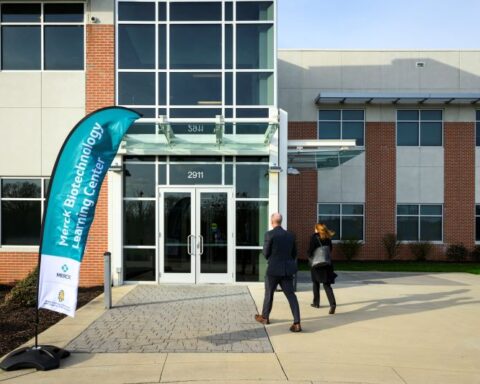By Jordan Howse
Researchers at North Carolina Agricultural and Technical State University received a portion of a $5 million grant to study how to create semiconductors that can withstand extreme environments, like outer space.
The Consortium of Education and Research in Electronics for Extreme Environments, funded by the National Nuclear Security Administration, was awarded to University of Texas at El Paso (UTEP) as the lead institution. UTEP will partner with N.C. A&T, University of New Mexico, and Kansas City, Los Alamos and Sandia National Laboratories. Each university will receive $1.7 million.
Extreme environment electronics and computing systems represent a vital niche industry within the trillion-dollar global electronics infrastructure. A&T’s research will focus on modeling and simulation of wideband gap semiconductors, focused on gallium nitrate. Researchers are attempting to make the semiconductors radiation immune which will allow them to be used in more extreme conditions, including high heat and other harsh environments. There is also an educational portion that will provide an student internship and externship opportunities.
“Considering the expansion of semiconductor production in our region, the CHIPS Act, this is a great opportunity for A&T to solidify our existing infrastructure in semiconductor research and business and continue to be an equal partner in this vital area,” said Abdullah Eroglu, Ph.D. chair of the N.C. A&T Department of Electrical and Computer Engineering and co-PI of the grant.
Throughout the five-year grant period, students will also have the opportunity to travel to the University of New Mexico, UTEP and National Laboratories to create prototypes of the models developed at A&T.
The research scope of work involves the design and implementation of semiconductor devices, circuits, subsystems and systems capable of operating within environments outside of typical commercial domains. The research findings can be used to implement wide bandgap semiconductor devices for applications where there are extreme environmental conditions such as radiation-rich, low-temperature, high-temperature, wide-temperature range, vibrationally intense, chemically corrosive or magnetically intense environments. Further, operation under combined extreme conditions is quite common and can be readily observed in many space missions.
Eroglu will work with fellow electrical and computer engineering professors Monzurul Alam, Ph.D., and Zhijian Xie, Ph.D. to simulate and model the semiconductor prototypes.





